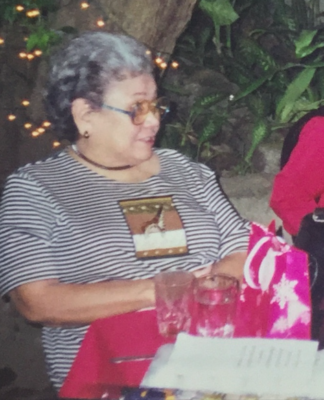
No other smile can be at par with that of the Divine Mother, which has never faded even after a century and a half in Lourdes, France.
In commemoration of the 150th Marian apparition in Lourdes to St. Bernadette Soubirous, Pope Benedict XVI stressed that the smile worn by the Blessed Virgin during the holy vision extends beyond place and time, continuously giving hope to the unfortunate.
“This smile of Mary is for all; but it is directed quite particularly to those who suffer, so that they can find comfort and solace therein,” the Pope said in his homily posted at Zenit, a Rome-based news agency. “To seek Mary’s smile is not an act of devotional or outmoded sentimentality, but rather the proper expression of the living and profoundly human relationship which binds us to her whom Christ gave us as our Mother.”
The Supreme Pontiff added that it was because of God’s love for men that Mary came to reveal herself in Lourdes, explaining that the apparition was a call for an encounter with the “cross.”
“She invites all people of good will, all those who suffer in heart or body, to raise their eyes toward the cross of Jesus, so as to discover there the source of life, the source of salvation,” the Pope said, giving emphasis to the feast of the Exaltation of the Cross as “significant” in Marian celebrations.
“The sign of the cross is a kind of synthesis of our faith, for it tells how much God loves us; it tells us that there is a love in this world that is stronger than death, stronger than our weaknesses and sins.”
The first apparition took place in February 1858 inside the cave of Massabielle, where the Blessed Virgin oriented Bernadette on how she was to be the pilgrim and visionary of the mystery of the Immaculate Conception revealed by the Lady of Lourdes.
As of today, there have been 18 Marian apparitions reported in Lourdes.
The Marian month
In UST, the Virgin Mary also was given high regard, as a number of exhibits featured portrayals of the Blessed Virgin.
The Santissimo Rosario Parish held a Marian exhibit titled “La Vida De La Virgen,” which displayed various artworks coming from Marian-devotee collections.
“Bambina Maria,” a painting owned by John Enriquez, portrayed the Virgin Mary as a child born without original sin.
Another painting was the “La Sagrada Familia” by Gino Marasigan. It depicts the Holy Family wherein Joseph patiently teaches the child Jesus carpentry as Mother Mary watches them while weaving clothes.
Other artworks in the exhibit were mostly figurines.
One of those that stood out was the “San Joaquin Niña Maria” by Noel Abquilan which pictures an old St. Joachim with her daughter, the Virgin Mary, as he holds a staff and a caged dove.
Another featured artwork was the “Virgen Alegria” by Rei Nicholas, a figurine of the Virgin Mary, in sweeping blue robes, a celebration of her place as the Queen of Heaven.
The “Calvario,” another work by Noel Abquilan, portrays the scene of the Crucifixion wherein Jesus is mocked by a crucified criminal while the women of Jerusalem, Mary included, weeps for their Savior.
“Dolorosa” by Tom Joven, a figurine showing the Virgin Mary desperately praying with a sad expression.
The Faculty of Arts and Letters also had its own Marian exhibit as the Artlets Pax Romana paraded life-size images of the Blessed Virgin Mary last September 11.
One was the “Nuestra Señora dela Soledad de Porta Vaga,” also called “Reina de Cavite,” which has locally been referred to as the patroness of Cavite. R. G. Padilla














